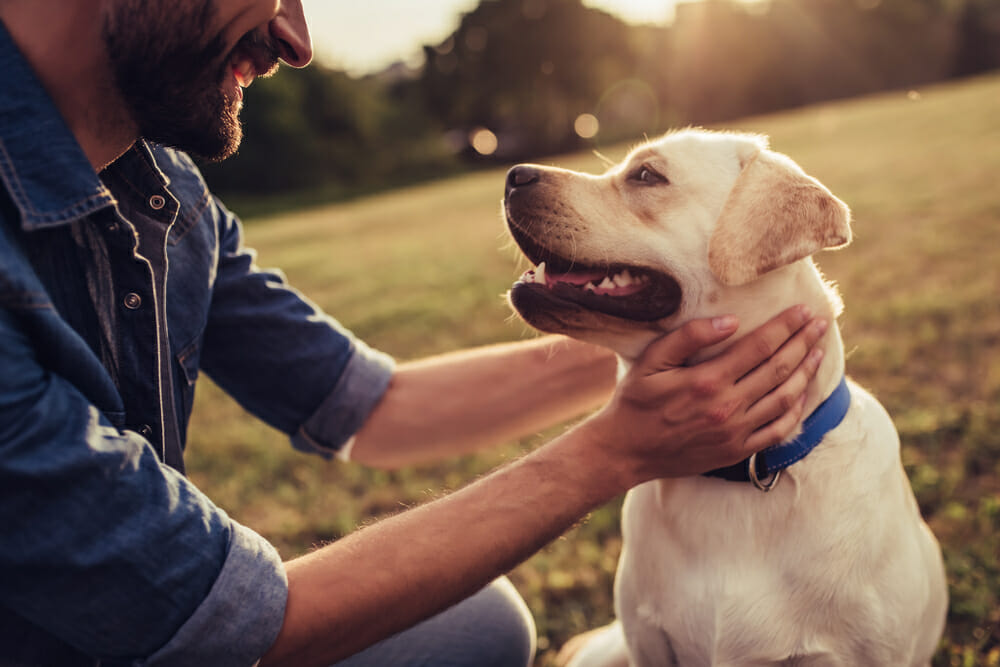There are hundreds of dog breeds, from tiny Toy Poodles to huge Irish Wolfhounds but the Greyhound is one of the oldest and most unique breeds. The Greyhound was domesticated thousands of years ago and is the only breed mentioned by name in the Bible (Proverbs 30:29-31 King James Version). They have been bred to have quick reaction time and blazing speed, this makes them the elite athlete of the canine world! It also makes them a unique patient for veterinarians. To me, they have always seemed like a cross between a deer and a horse in their disposition. It has been wonderful to meet so many over the past 20 years and watch them arrive off the track, timid but trusting, and then flourish into the fun-loving, confident ‘coach-potato’ that they become in their forever homes.
Contrary to their image, greyhounds are typically not a high energy breed. They have been bred as sprinters and are content with a daily walk or run, and enjoy spending hours resting (or “roaching“) on a soft bed or sofa. But you have to be careful. Retired racers have been trained to run in a direction away from their human’s, so strict supervision and leash walking is important. The first greyhound I met was in 1993 when a couple, while on vacation in Florida, purchased a dog from the local track and drove back with him to Kentville. He slipped his collar and ran so far that every pad on every foot was worn off. Luckily, he was caught before being hit by a car. Even though he needed weeks of bandage changes, he was the most lovely of patients. His name was Daytona, and he began my interest and admiration of the greyhound breed.
Due to their breeding as athletes, greyhounds tend to have lower resting heart rate than other dogs (60-90 BPM). They also have a higher amount of oxygen-carrying red blood cells. They have higher Creatinine levels (perhaps due to their large muscle mass) and lower thyroid hormone, platelet and white blood cell levels than other dogs. They are also more sensitive to various anesthetics especially to barbiturates, which are first cleared from the bloodstream via fat tissue. This fat tissue is not readily available in a greyhound. Fortunately, these anesthetics have been replaced with better options, such as propofol and medetomidine which are much safer in this breed.
Although our anesthetic protocols have improved over the years, these hounds continue to keep us on our toes. They have a greater propensity to have postoperative bleeding and, although we are usually concerned with keeping them warm during anesthetic due to their low percentage of body fat, they are known to develop malignant hyperthermia. While this is rare, it can be fatal in some cases. We continue to adapt our greyhound protocols, to provide a safe and stress-free experience for these amazing dogs!
Written by Ginny Vaughan, DVM




